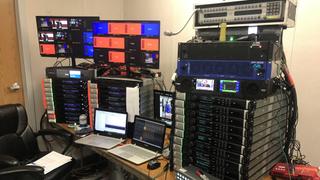transmission
Latest about transmission
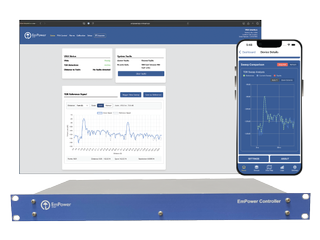
AAT Introduces Automated RF Line Analysis
By Nick Langan published
PRODUCTS The EmPower VNA module brings monitoring of antenna and feedline performance

Stories From Sutro Tower
By Nick Langan published
How a once-controversial broadcast tower became San Francisco’s steel symbol in the fog

GatesAir to Demo 5G Passthrough Over UHF at IBC2025
By TV Technology Staff published
IBC SHOW IBC demo pushing 5G signals over UHF channels returns as interest in the technology builds, and next version of the 3GPP standard moves forward

Ben Marth Joins GatesAir as Regional Sales Manager
By Mike Demenchuk published
People 20-year veteran will handle efforts in Northwestern U.S., Western Canada
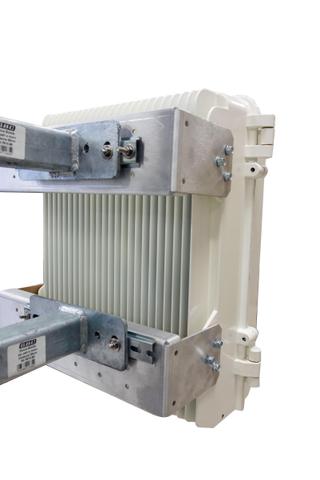
GatesAir to Debut ASTC 3.0 Modulator for LPTV at 2025 NAB Show
By Tom Butts published
New FPGA design innovation brings down the cost of ATSC 3.0 modulation, increases processing power for GatesAir’s low-power UHF transmitters
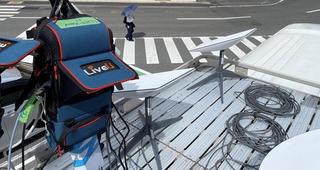
TBS Japan Combines LiveU On-Site Production, Starlink For Prime-Time Broadcast
By Phil Kurz published
The combination provided a resilient, wire-free setup for a popular Japanese variety show

Enensys Debuts ModulCast-ATSC for 3.0 SFNs
By TVT Staff published
New product allows broadcasts of NextGen TV without a channel filter
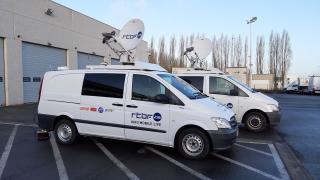
Belgium’s RTBF Installs Aviwest Ecosystem
By Michael Balderston published
Helps power TV group’s live news, cultural events and sports coverage
The professional video industry's #1 source for news, trends and product and tech information. Sign up below.
